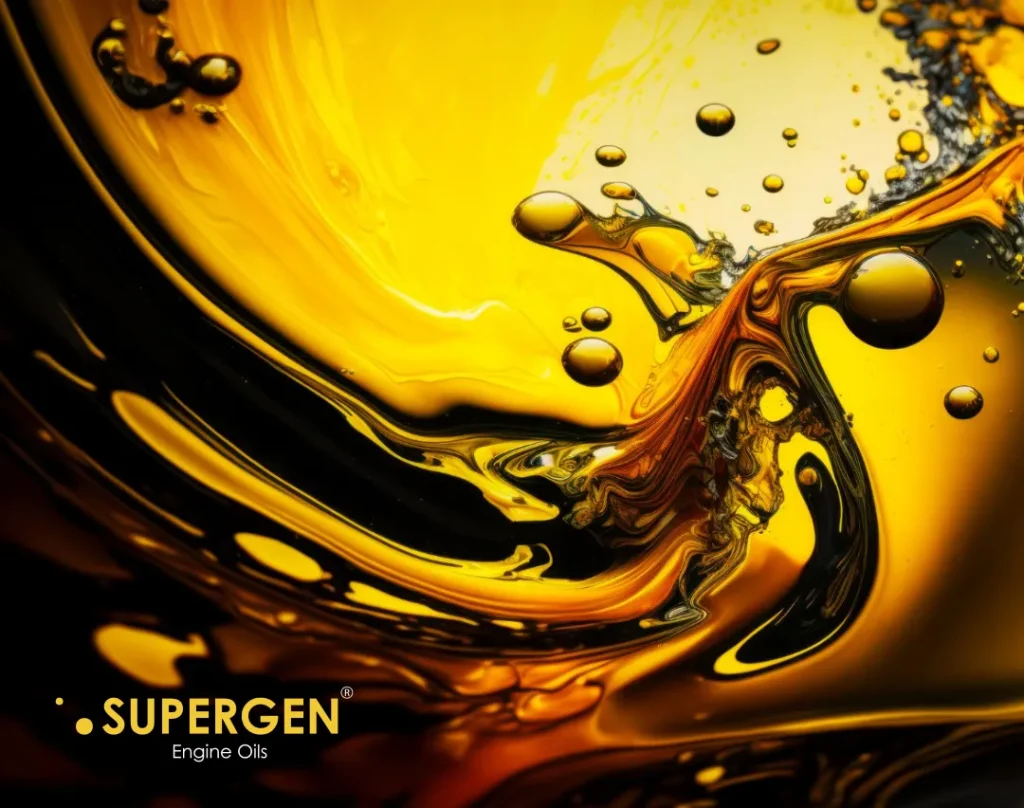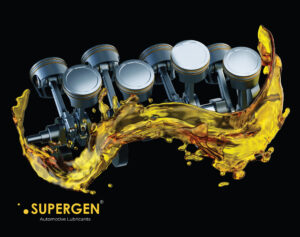Introduction:
The lubrication system of an engine is a complex and critical component, ensuring that various moving parts operate smoothly and efficiently. Engine oils and gear oils are specifically formulated to meet the distinct demands of their respective systems. However, the question often arises: Can gear oil be mixed with engine oil? In this detailed blog, we will explore the chemistry and functionality of these lubricants to understand the consequences and potential risks associated with mixing them.
Composition and Function: Engine Oil and Gear Oil
Engine oil is a specialized lubricant designed to perform multiple functions within an internal combustion engine. It lubricates moving parts, reduces friction, cleans contaminants, inhibits corrosion, and aids in cooling. The formulation of engine oil includes additives and base oils tailored to meet the unique challenges faced by engines, such as high temperatures, varying speeds, and combustion by-products.
Gear oil, on the other hand, is engineered for the specific demands of transmissions, differentials, and other gear mechanisms. It typically contains additives to enhance extreme pressure (EP) properties and protect gears under heavy loads. The viscosity levels and chemical composition of gear oil are optimized to handle the shearing forces and sliding motions present in gear systems.
Compatibility Concerns:
The primary concern with mixing gear oil and engine oil lies in their differing formulations and additive packages. Engine oils may contain detergents, dispersants, and other additives that could be incompatible with the additives in gear oil. Mixing these oils may result in chemical reactions that alter their properties, potentially compromising their ability to lubricate and protect.
Viscosity Mismatch:
Viscosity, or the thickness of the oil, is a crucial factor in lubrication. Engine oils and gear oils have different viscosity requirements to function optimally in their respective systems. Mixing them can lead to a mismatch in viscosity, affecting the lubrication film’s thickness and potentially causing excessive wear on engine or gear components.
Consequences of Mixing:
- Reduced Lubrication Efficiency: The mixed oils may not provide adequate lubrication for the specific components they are designed to protect, leading to increased friction and wear.
- Additive Interference: The additives present in engine oil and gear oil may interfere with each other, resulting in the formation of sludge or deposits that can clog oil passages and reduce overall system efficiency.
- Viscosity Issues: The mismatched viscosities can impact the oil’s ability to flow and form a proper lubricating film, potentially leading to overheating and accelerated component wear.
Conclusion:
In conclusion, it is not advisable to mix gear oil with engine oil due to the distinct formulations, additives, and viscosity requirements of each. Doing so may compromise the lubrication efficiency and protection capabilities of both oils, leading to potential engine or gear system damage. To ensure optimal performance and longevity, it is best to use the recommended lubricants specified by the manufacturer for each system. Regular oil changes with the appropriate oil type remain essential for maintaining the health and functionality of your vehicle’s engine and gear mechanisms.








